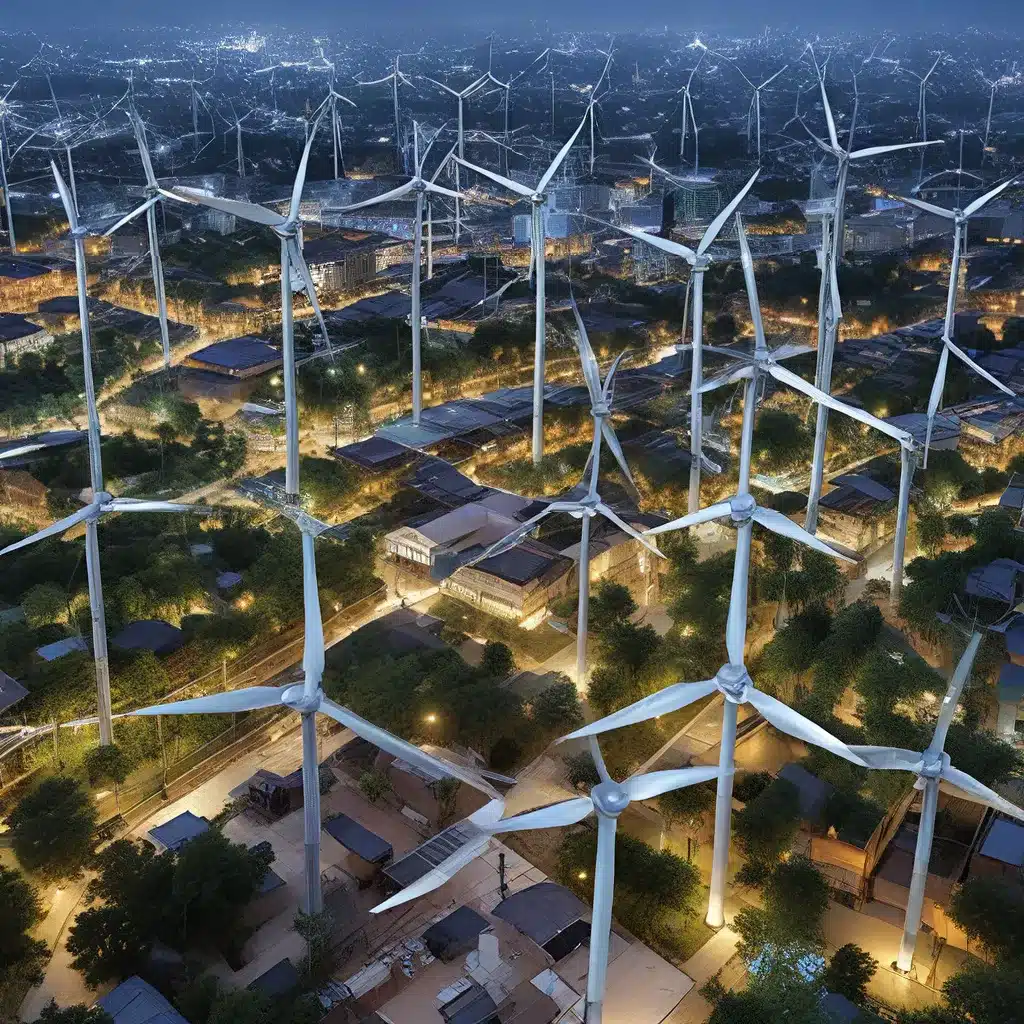
In the rapidly evolving landscape of sensor networks and Internet of Things (IoT) technologies, the challenge of managing energy consumption has become increasingly crucial. As these systems become more widespread and integrated into our daily lives, the need for energy-efficient and resilient solutions has never been more pressing. This article explores the role of distributed energy algorithms in shaping the future of sensor networks, emphasizing their impact on security, scalability, and sustainability.
Decentralizing Power: The Rise of Distributed Energy Algorithms
Traditionally, sensor networks and IoT systems have relied on centralized approaches to energy management, where a single control unit or server oversees the distribution and optimization of resources. However, as these networks grow in size and complexity, the limitations of centralized models become increasingly apparent. Distributed energy algorithms offer a promising alternative, shifting the paradigm towards a more decentralized and resilient framework.
In a distributed system, each sensor node or IoT device is empowered to make autonomous decisions regarding its energy usage, drawing from a shared pool of resources and collaborating with neighboring nodes. This decentralized approach has several key advantages:
-
Scalability: Distributed energy algorithms can readily accommodate the exponential growth of sensor networks and IoT deployments, without the need for a single point of failure or a bottleneck in the system.
-
Resilience: By distributing the decision-making and energy management processes across the network, distributed algorithms enhance the overall resilience of the system, making it less vulnerable to localized failures or disruptions.
-
Adaptability: Distributed energy algorithms can quickly adapt to changing environmental conditions, user demands, or network topologies, optimizing energy usage in real-time and ensuring continuous operation.
-
Energy Efficiency: Through collaborative decision-making and dynamic resource allocation, distributed energy algorithms can maximize the efficiency of energy consumption, reducing overall power requirements and extending the operational lifetime of sensor nodes and IoT devices.
Securing the Energy Grid: Protecting Sensor Networks from Cyber Threats
As sensor networks and IoT systems become increasingly integrated into critical infrastructure, the security of energy management systems has become a paramount concern. Centralized energy management approaches often present a single point of vulnerability, making them attractive targets for cyber attacks.
Distributed energy algorithms, on the other hand, offer enhanced security and resilience against such threats. By decentralizing the decision-making and control processes, distributed systems make it more difficult for attackers to gain unauthorized access or disrupt the entire network. Additionally, the inherent redundancy and self-healing capabilities of distributed networks provide a robust defense against targeted attacks or system failures.
Moreover, distributed energy algorithms can incorporate advanced security protocols and encryption techniques to ensure the confidentiality, integrity, and availability of energy-related data. This includes the use of blockchain technology, cryptographic hashing, and secure communication channels to safeguard the energy grid from cyber threats and malicious actors.
Balancing Act: Optimizing Energy Consumption in Sensor Networks
The efficient management of energy consumption is a critical aspect of sensor network design and IoT applications. Distributed energy algorithms play a pivotal role in achieving this balance, leveraging real-time data from sensor nodes and predictive analytics to dynamically optimize energy usage.
These algorithms can intelligently schedule sensor node activities, adjust transmission power based on environmental conditions, and coordinate load-balancing across the network. By continuously monitoring and adapting to the energy requirements of individual nodes, distributed algorithms can minimize power consumption and extend the overall operational lifetime of the sensor network.
Furthermore, distributed energy algorithms can integrate renewable energy sources, such as solar or wind power, to create hybrid energy systems that enhance the sustainability and self-sufficiency of sensor networks. This approach not only reduces the reliance on traditional power grids but also contributes to the environmental and economic benefits of IoT deployments.
Towards a Resilient and Sustainable Future
As the demand for sensor networks and IoT applications continues to grow, the importance of energy-efficient and resilient solutions has become increasingly evident. Distributed energy algorithms represent a transformative approach to addressing these challenges, empowering sensor networks with the ability to adapt, self-regulate, and thrive in the face of ever-evolving energy demands and cyber threats.
By harnessing the power of decentralized decision-making, predictive analytics, and renewable energy integration, these algorithms hold the promise of a more sustainable and secure future for sensor-based technologies. As the field of sensor networks and IoT continues to evolve, the role of distributed energy algorithms will undoubtedly become increasingly vital in shaping the way we design, deploy, and manage these critical systems.
Explore the exciting world of sensor networks and IoT technologies at sensor-networks.org, where you’ll find a wealth of resources, case studies, and expert insights to guide you on your journey towards a more resilient and energy-efficient future.